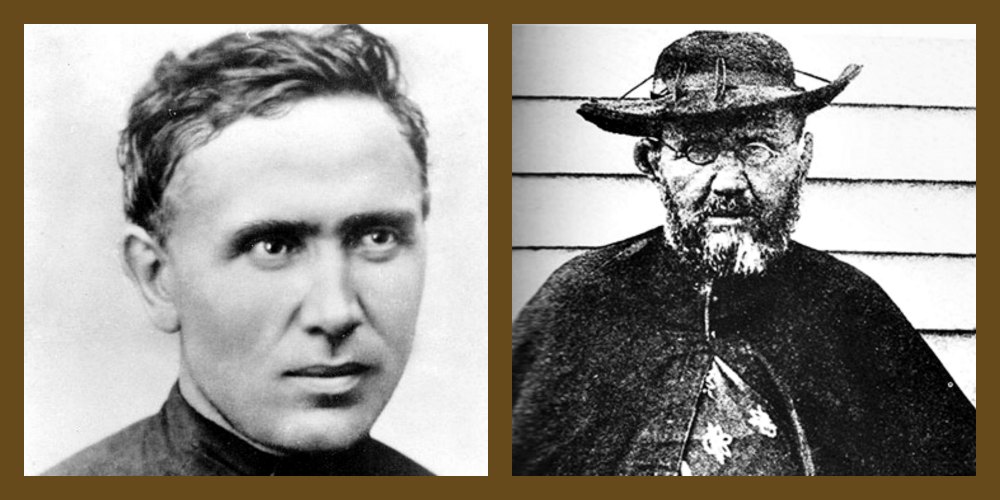Molokai History:
(from “The Separating Sickness: Ma’i Ho’oka’awale: Interviews with Exiled Leprosy Patients at Kalaupapa, Hawaii” by Ted Gugelyk and Milton Bloombaum, Ma’i Ho’oka’awale Foundation, Honolulu, HI, 1979)
(continued from yesterday)
Part-Hawaiian Male
Blind
43 years old
31 years in confinement
Kalaupapa kids also had what we called, the “lobster club.” That was the nose treatment. They would stick applicators up your nose. They were soaked with some kind of medicine . . . to break open the mucus and tissues in your nose. It hurt. Those applicators remained way up our noses for 15 or 20 minutes. We looked like lobsters walking around that way.
Oh, they had a lot of rules for us kids. Like we had to always wear shoes. Little things like that. We were at the mercy of the Board of Health so much, even for little things. The Board had complete power over our lives. Even punishment for little infractions of the rules. Me, I thought, my parents are my God, they have the right to punish me. Not the Board of Health.
Another thing I remember about my childhood at Kalaupapa, was how the people looked forward to being released. They had to go through what the Board of Health called snips. That is, they had to have six snips taken over a period of one year. They would take skin scrapings in search for active leprosy bacillus. Also a biopsy and nose scraping. The whole process took twelve months. It was heartbreaking. Sometimes people would be negative on five of them, then fail the last one. So many patients broke down and cried, even the adults. Failure meant one more year at Kalaupapa. For some, it meant a lifetime.
Blessings, pono and pule!
Fr. Brian, ss.cc.
Priest
Topside Molokai
